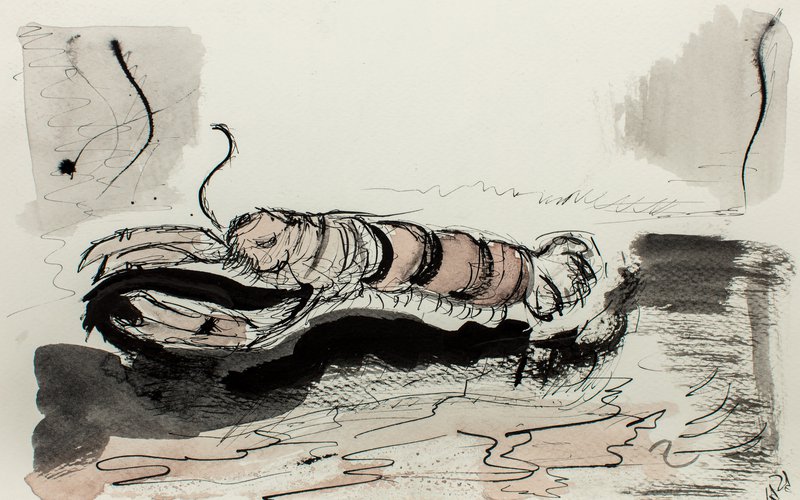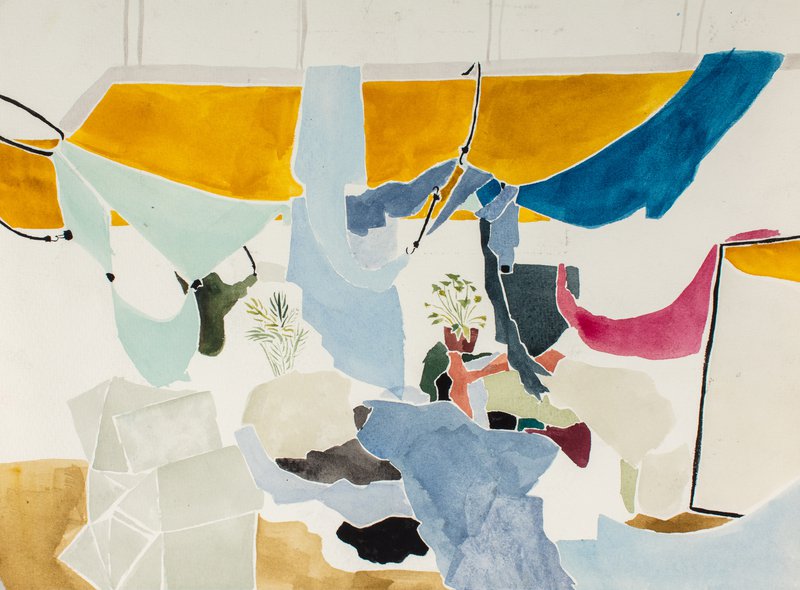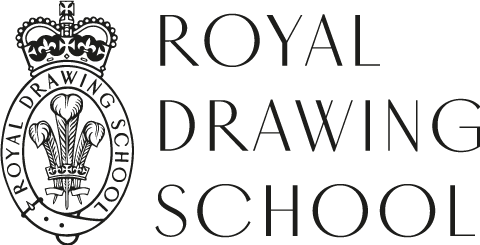Drawing from Home: Young Artists exercise I
Young Artists tutor Becca Collins gives tips on how to set-up a good still life at home and challenges young artists observational and descriptive skills.

Seeing through different eyes
Becca Collins, Young Artists tutor
Where: indoors, with one other person
With: Two still life set-ups, paper and drawing materials (See below for tips on how to set-up a good still life)
What: You and your partner will end up with a drawing each. Each drawing should take about ten minutes.
How: You and your partner should gather up your objects and each set-up your own still life without looking at your partners.
You should then sit with your backs to each other, facing your own still life with your paper and drawing materials.
Though you can't see it, you will be drawing your partners still life and vice versa. Take it in turns to describe the objects in your still life to your partner so that they can draw what you are seeing. You should begin to describe each object objectively - this means you should describe things that are real, physical and visual about it; it’s size, it’s shape, it’s texture, it’s colour... not, what it’s used for, what it does, or any stories you have about it. You may however, use metaphors in your description.
Whilst one person is describing the objects in their still life, the other should be making a drawing of the objects based on the description.
Do this for around 10 minutes or until your partner has drawn the whole still life and then swap over. Only reveal the still life once the drawing is done!

How to set-up a good still life
The set-up of your still life will make the world of difference to your sustained interest in your drawing!
Try to fulfil this checklist when setting up your still life:
- have something tall, medium and short. Use books to add height.
- have something smooth, and something rough.
- have something solid and hard, and something soft and billowing.
- have something with a pattern, against something that is plain.
- overlap your objects, use a flowing material to connect objects.
These household objects make for good still life:
- plants
- food; vegetables, fruits
- ornaments that have interesting shapes and patterns
- bunched up scarves
- cups/mugs and plates, and cutlery.
Try to avoid things that are too simple or graphic (e.g. your mobile phone, a lone drinks can).
Below is a good example; there is a variation in height, several different textures and patterns, and a lamp has been used to increase the contrast in the lighting.




